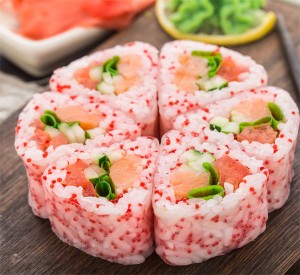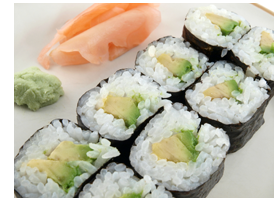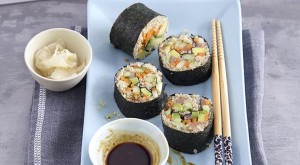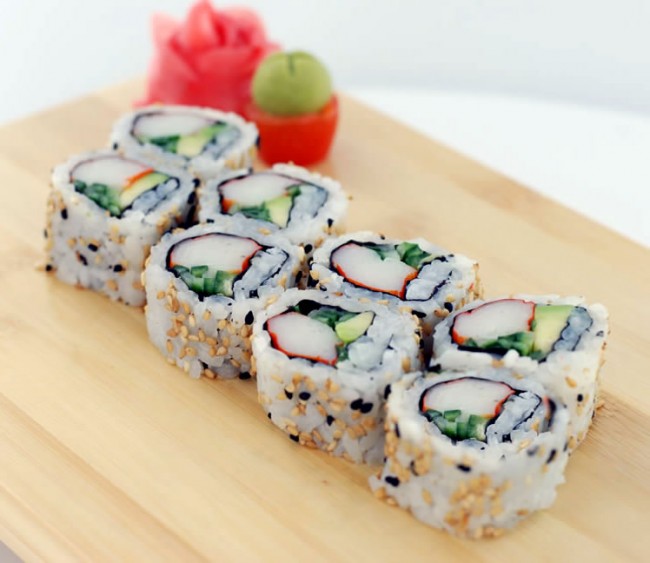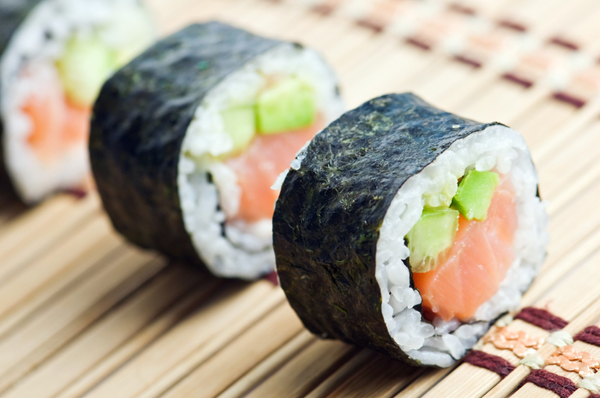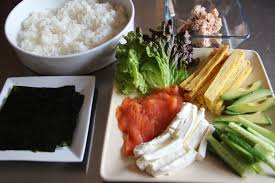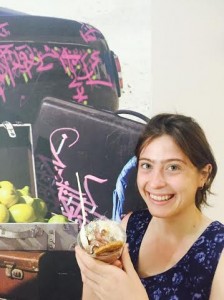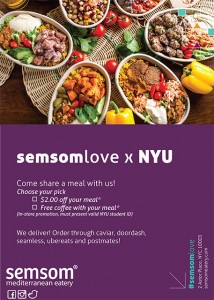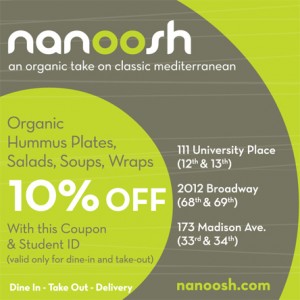The Covid Cooking Club
Chapter 3: Vegetables

Vegetables are the things your parents told you to eat when you were kids, and you either ignored them completely or complied entirely out of fear. The fact that we must be forcibly conditioned to consume boring green stuff is evolution’s fault, as we have become a sedentary society without our bodies ever adapting to the fact that if we want to eat we no longer have to chase down a gazelle on foot and beat it to death with a rock. Thus, I must consume at least some vegetables if I don’t want to devolve into a quivering mass of immobile gelatin, which would be extremely inconvenient as it would deprive me of the manual dexterity required to build the plastic model robots that have been my closest friend during the current crisis. The vegetable I eat most often is celery, not because it tastes good or has any nutritional value aside from fiber but because it doesn’t need to be cooked, just washed. The fact that it has zero calories makes it attractive to me since it means I can waste the space on something else later, but I almost always end up dipping it in hummus to give it some actual flavor and thereby defeating the entire point. My favorite cooked vegetable might be spinach, which I literally never make. This is partially because it’s another food my family makes a lot better than me, and partially because you can buy ten pounds of spinach at the store, cook it up, and wind up with half an ounce. Obviously that’s an exaggeration but I only have so much fridge space and spinach takes up too much of it. Normally the vegetables I prepare the most are green beans and broccoli. These are also both foods I associate with my parents, but I can make them in a way that doesn’t totally embarrass me. I make broccoli more rarely because of two reasons. The first is that it just takes much longer to boil in water, and I don’t trust myself to fry it, so boiling green beans is just more efficient. The second is that ever since I was young I’ve had this weird thing where I only eat the buds of the broccoli, not the stem. I think it has to do with little baby me believing that broccoli was just tiny trees or something, but either way I end up not eating half of the broccoli and that’s just wasteful. It does make it easier to prepare though; to make green beans you need to individually slice the tips off each bean while with broccoli you can just break a piece off the stalk and wash it. Generally I eat vegetables separate from my actual meals, because as previously mentioned in the first chapter my pot is much bigger than the stovetop itself so I can’t really have another thing cooking at the same time. This also means that a lot of the time when I’m feeling pressed for time I just skip vegetables entirely, which would definitely be a bad idea if I considered the future consequences of my actions beyond wildly unrealistic scenarios like turning into a lump of fat who can’t build robot toys. I’m sure the fact that I eat vegetable at all puts me ahead of many, and so by the time I become like unto the blob people from Wall-E there will have already been innovations by the manufacturer which make the model kits able to be assembled the fingers the size of drain pipes.

Don’t make my mistakes! Save yourself with healthy food before it’s too late!
Click below to get access to and redeem all Campus Clipper Coupons; coupons are updated weekly
By: Alexander Rose
Alexander Rose studies satire at NYU Gallatin and wishes he was actually just Oscar Wilde. He is interested in writing, roleplaying games, and procrastination. Describing himself in the third person like this makes him feel weird.
For over 20 years, the Campus Clipper has been offering awesome student discounts in NYC, from the East Side to Greenwich Village. Along with inspiration, the company offers students a special coupon booklet and the Official Student Guide, which encourages them to discover new places in the city and save money on food, clothing, and services.
At the Campus Clipper, not only do we help our interns learn new skills, make money, and create wonderful e-books, we give them a platform to teach others. Check our website for more student savings and watch our YouTube video showing off some of New York City’s finest students during the Welcome Week of 2015.


